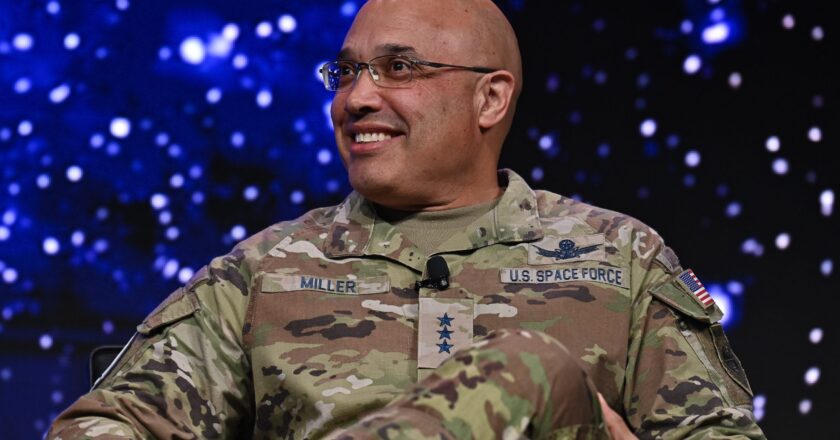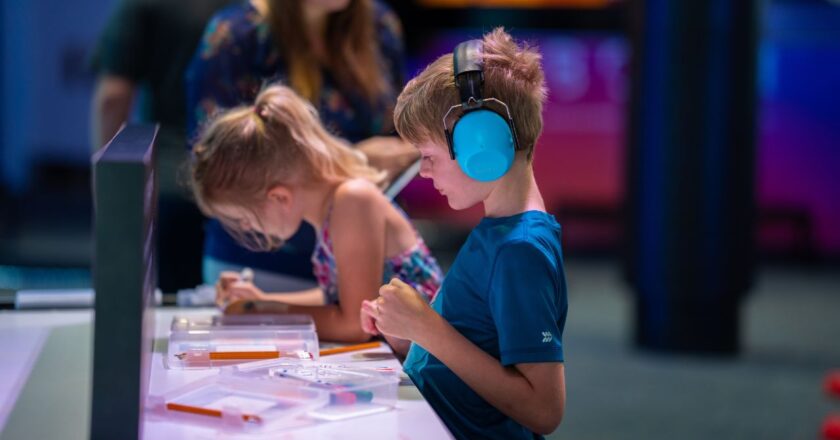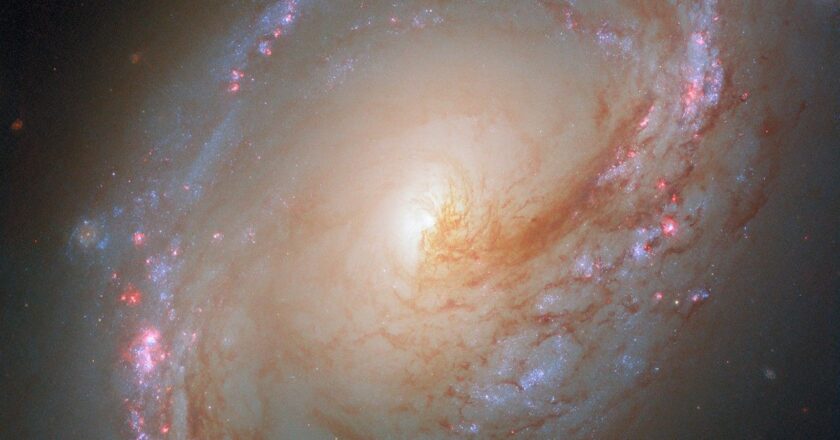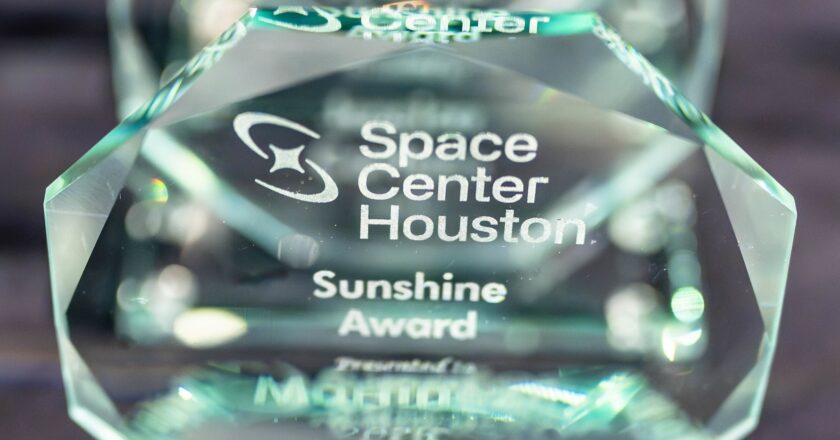Pentagon announces senior U.S. Space Force leadership changes
WASHINGTON — The Pentagon on Friday announced a slate of senior leadership shifts within the U.S. Space Force, including new appointments to key command and planning posts.
Lt. Gen. David Miller will serve as deputy chief of space operations for strategy, plans, programs and requirements, succeeding Lt. Gen. Shawn Bratton. Miller previously commanded Space Operations Command at Peterson Space Force Base in Colorado.
Lt. Gen. Douglas Schiess has been named deputy chief of space operations for operations, taking over from retired Lt. Gen. DeAnna Burt. Schiess most recently led U.S. Space Forces–Space and served as Combined Joint Force Space Component Commander at Vandenberg Space Force Base in California.
The service also announced two promotions.
Maj. Gen. Gregory Gagn...




